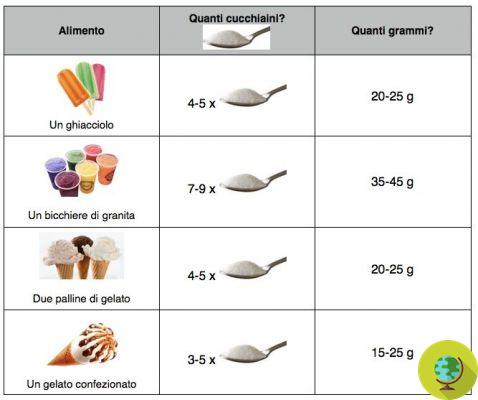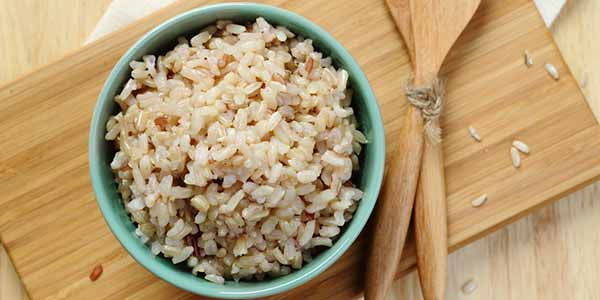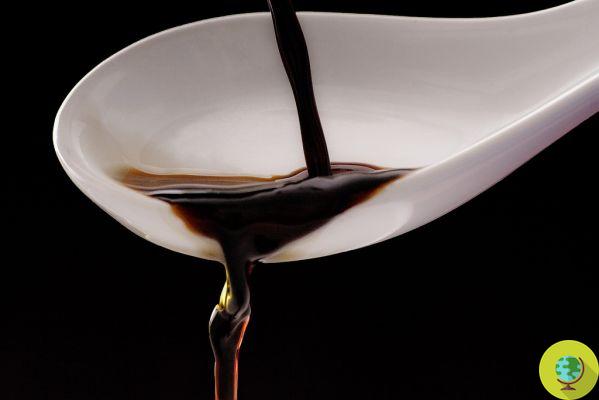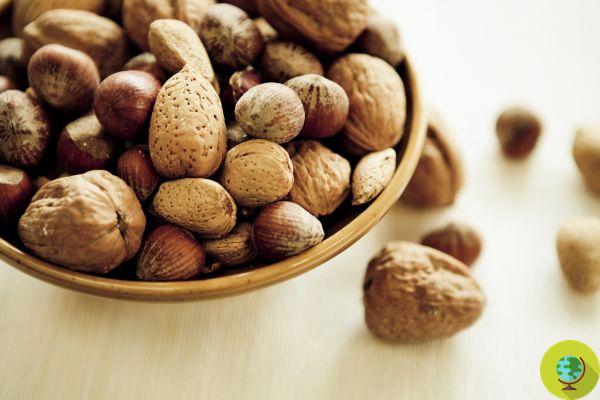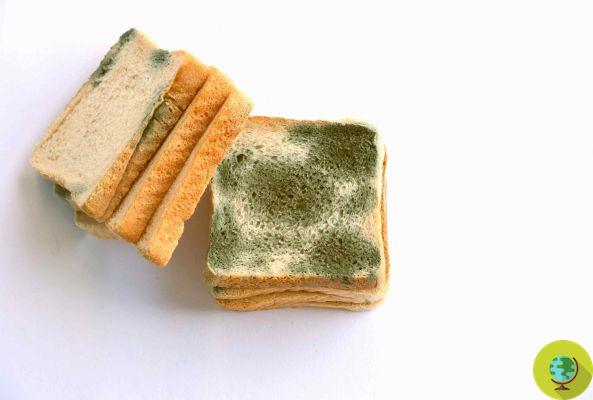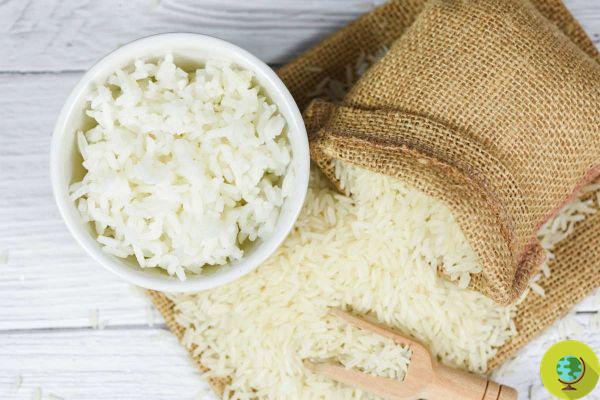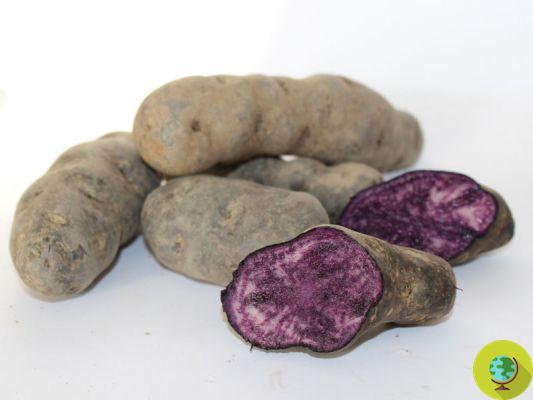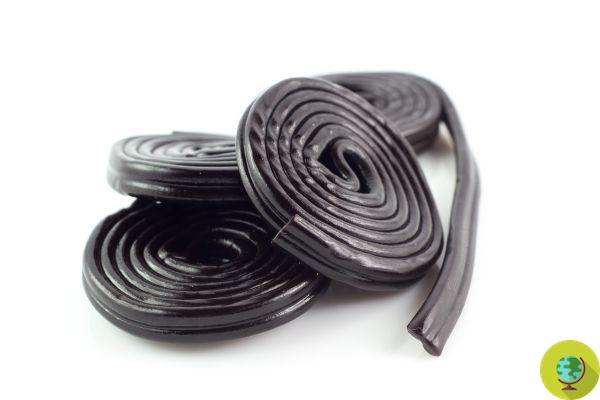Vitamin E is best known for its antioxidant properties. But what is it for and what are the foods that contain it the most? Can you notice the effects of a deficiency in this vitamin?
Don't store avocado like this: it's dangerousVitamin E is best known for its antioxidant properties. But what is it for and what are they foods that contain it the most? They can be seen the effects of a deficiency of this vitamin?
Vitamin E is part of the group of fat-soluble vitamins (together with vitamins A, D and K), i.e. those substances that are soluble exclusively in fats. Unlike water-soluble vitamins (ie which dissolve in water) the body is able to accumulate them as a reserve.
It is actually a group of 8 fat-soluble vitamins (alpha, beta, gamma and delta-tocopherol and alpha, beta, gamma and delta-tocotrienols), but it seems that the only one used by our body is alpha-tocopherol.
Index
WHAT IS VITAMIN E FOR?
Vitamin E is a powerful antioxidant able to help the cells of our body a protect yourself from the action of free radicals and therefore from agingor early. It is no coincidence that this vitamin is often present among the ingredients of anti-wrinkle cosmetic products even if its action internally in our body is much more important.
For example, it protects vitamin A from oxidation, helps the immune system strengthening its defenses, improves oxygenation, protects against some types of cancer, helps eyesight and keeps your nerves healthy.
Other important actions of vitamin E are that of improve blood circulation, by thinning the blood thus avoiding the formation of clots and reducing the possibility of incurring heart attacks or strokes. It also has a positive effect on the sensitivity of cells to the action of insulin and therefore prevents the onset of diabetes or insulin resistance.
Vitamin E is one great ally of the skin, it can help in the treatment of acne or eczema, depositing itself on the epidermis, moreover, protects against atmospheric pollution and UV rays.
WHERE TO FIND VITAMIN E
With healthy eating we should ensure the daily requirement of all vitamins (including vitamin E) and mineral salts necessary for the functions of our body.
To fill up on vitamin E every day, it is good to eat some of them in a variety of ways foods that are particularly rich in it. This vitamin is found mainly in dried or dried fruit, green leafy vegetables and aromatic herbs. Therefore, among the recommended foods there are almonds, pine nuts, basil, seeds, oily, spinach and more. Find out here the best plant sources of vitamin E.
Read also: VITAMIN E: THE 10 BEST VEGETABLE SOURCES

Photo: Dietabit.com
Since it is part of the fat-soluble vitamins, to improve absorption and metabolization of vitamin E would be fine ascombine foods that contain it with good fats such as extra virgin olive oil.
The recommended daily allowances (RDAs) for vitamin E are equal to 15 milligrams for adults. The RDAs for vitamin E for children vary by age.
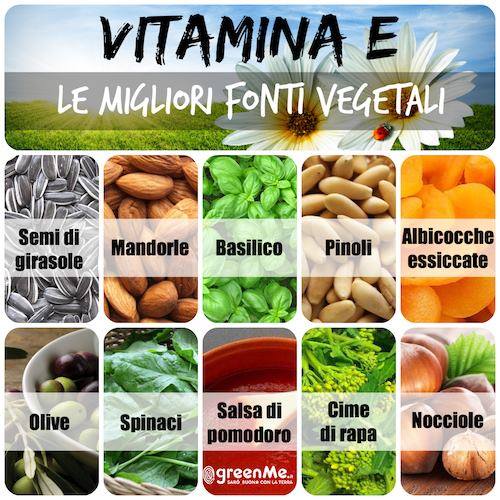
EFFECTS OF A DEFICIENCY OF VITAMIN E
Often, due to an unregulated diet, we are a little lacking in vitamins and mineral salts, and we tend to underestimate this fact, not considering that this can lead to serious health problems in the long run. A vitamin E deficiency can lead to symptoms feelings of tiredness, weakness and difficulty concentrating. It is evident that it is one very generic symptomsto which must be evaluated with the help of a doctor and specific analyzes. However, it is difficult to be deficient in vitamin E since it is very present in food and above all it is part of those vitamins that the body can reserve.






